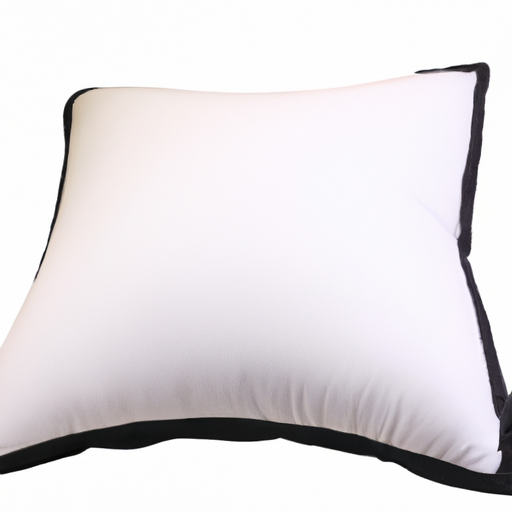Meditation pillows, used in the practice of meditation, are normally filled with some kind of stuffing material. This can range from cotton, to buckwheat hulls, and synthetic stuffing. After the pillow is filled, it must be covered in some kind of fabric. This is not done simply for visual appeal, but for physical comfort and breathability for the meditator. In this article, we’ll go through the different options available for pillow covers, their properties and qualities, and how to choose the best one for you.
Benefits of Using the Right Material
Using the right material for your meditation pillow cover has a variety of benefits. The first is that it can help to ensure comfort and breathability during your meditation session. Different fabrics can provide various degrees of comfort, whether it be soft cottons, or moisture-wicking polyesters. Also, it’s important to consider if the fabric used offers enough durability. Low-quality fabrics can lead to premature wear, so it’s essential to use materials designed to stand the test of time.
In addition to comfort and durability, the material you choose for your meditation pillow cover can also affect the overall look and feel of your meditation space. Natural fabrics such as cotton and linen can add a sense of warmth and coziness, while synthetic fabrics can provide a more modern and sleek look. Ultimately, the material you choose should reflect your personal style and create an inviting atmosphere for your meditation practice.
Different Fabric Options and Their Properties
There are multiple types of fabric materials to choose from when selecting a cover for your meditation pillow. Below, we’ll go into greater detail about some of the more popular options.
Cotton is a popular choice for meditation pillow covers due to its breathability and softness. It is also a durable fabric that can withstand regular washing and wear. Linen is another popular option, as it is lightweight and has a natural texture that is comfortable to sit on. It is also highly absorbent and can help keep you cool during meditation.
Microfiber and Cotton: Pros and Cons
Microfiber fabric is a synthetic fiber that is highly breathable, allowing air to flow, and keep you cool during your meditation session. It also has superior moisture-wicking properties, making it a great option for those who tend to sweat while meditating. Cotton is also a great choice because it’s soft and comfortable, and wicks away moisture well. On the downside, it has a tendency to create lint and attract dust, making it somewhat difficult to keep clean.
Hemp: A Natural and Eco-Friendly Option
Hemp is an all-natural fabric that is both highly durable and breathable. It is also an excellent choice for those who are conscious about their environmental impact, as it is biodegradable and renewable. Hemp also has natural odor-reducing properties, which helps to keep your meditation area fresh and clean.
Polyester: Durable and Versatile Option
Polyester is a synthetic and extremely durable fabric. It won’t lose its shape or color over time like some natural fibers, and also provides some measures of insulation and water resistance. As a bonus, polyester is much easier to clean than natural fabrics like cotton and hemp, making it a great choice for those who may not have the time or energy to commit to regular laundering.
Memory Foam: Comfort and Support for Your Neck
Memory foam is a form of plastic foam that conforms to the contours of your body, providing additional cushioning while meditating. This foam is highly durable and resistant to deformation over time. It is also softer than most other fabrics, giving you extra comfort and support during your practice.
Tips for Choosing the Right Meditation Pillow Cover
Choosing the best material for your meditation pillow can be overwhelming due to the sheer number of options on the market. Here are some basic tips you should consider when selecting a fabric:
- Consider breathability – Breathability is important for keeping your body temperature regulated during long meditation sessions.
- Think about durability – It’s important to choose a material that won’t wear out easily over time.
- Check care instructions – How much maintenance do you want to commit to? Memory foam requires less maintenance than natural fabrics like cotton.
- Evaluate comfort – Ultimately, comfort should be your highest priority when selecting a cover.
Care and Maintenance of Meditation Pillow Covers
The type of material used in your meditation pillow cover will determine the amount of care needed. Generally speaking, natural fabrics should be hand-washed or dry-cleaned, while synthetic materials can be machine-washed. It’s important to read the instructions of the fabric’s manufacturer before washing.
Conclusion
Choosing the right material for your meditation pillow cover can have a major impact on your practice. Different materials offer unique qualities for different applications, so it’s important to research each type carefully before making a purchase. Consider breathability, durability, care instructions, and most importantly comfort, to find the best option for your needs.



